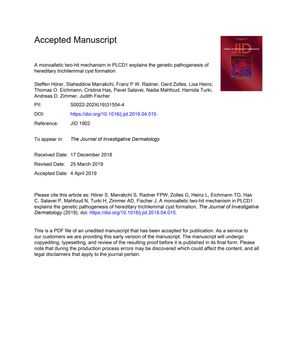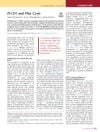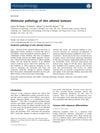A Monoallelic Two-Hit Mechanism in PLCD1 Explains the Genetic Pathogenesis of Hereditary Trichilemmal Cyst Formation
October 2019
in “
The journal of investigative dermatology/Journal of investigative dermatology
”

TLDR A specific gene change plus an additional mutation in the same gene cause hereditary trichilemmal cysts.
The study from 2019 identified a genetic mechanism for hereditary trichilemmal cyst formation involving the PLCD1 gene. Researchers found that two germline PLCD1 variants (c.903A>G and c.1379C>T) were present on the same allele in 35 affected individuals and were a high-risk factor for developing these cysts. Additionally, tissue analysis from 15 cysts revealed that an extra somatic PLCD1 mutation on the same allele was necessary for cyst formation. Functional assays showed that the protein function of the cyst-specific PLCD1 variant was altered, indicating an impaired but not abolished function. The study concluded that a combination of an inherited PLCD1 high-risk allele and a somatic mutation on the same allele is the genetic trigger for trichilemmal cyst development, supporting a monoallelic two-hit hypothesis for the disease.


